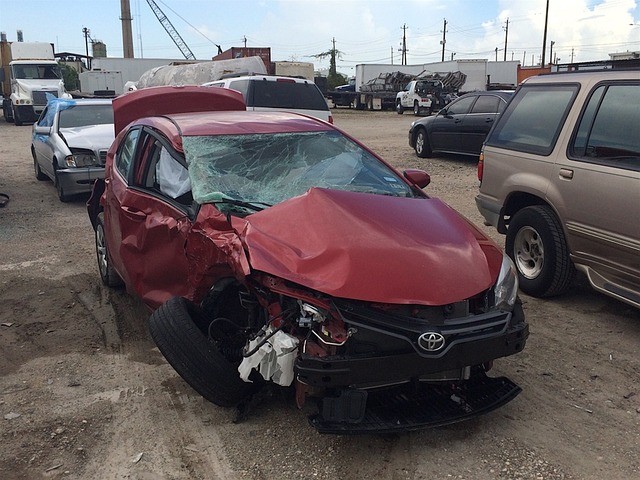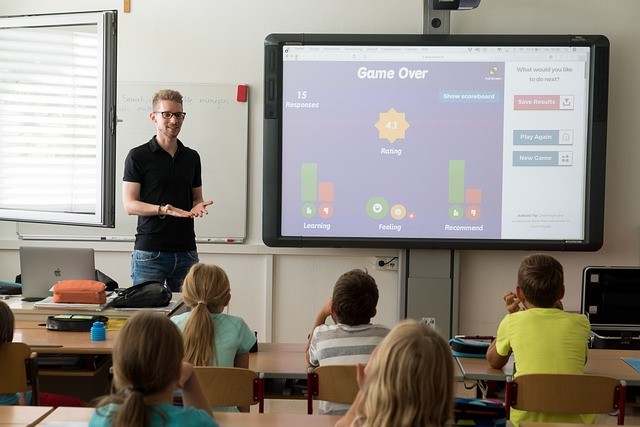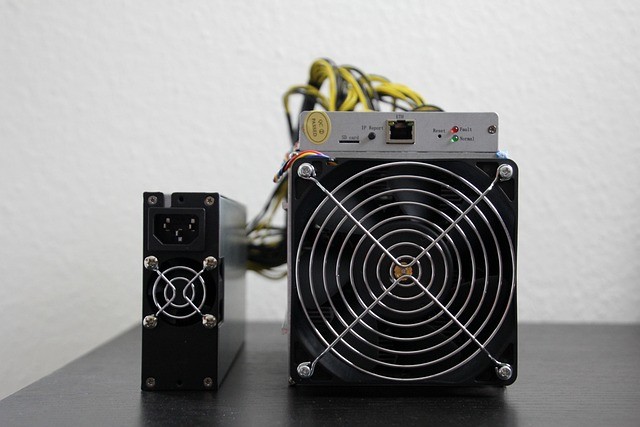
Jan 30•5 min read
Can Bitcoin Help Improve Our Education System?

We Need To Fix The Education System
It is no secret that the education system in the United States is not living up to its full potential. It is well known that our students are falling behind their international peers in almost every category.
The Program For International Assessment (PISA) is a cross-national test that gauges the knowledge of a typical 15-year-old student living in different countries. The US education system ranked 31st out of 77 school systems globally that participated.
American students are struggling acutely in math against the rest of their international peers. Singapore, Hong Kong, Japan, Taiwan, and Macao scored significantly higher than American students.
Math is the cornerstone of civilization. If you don’t understand basic math, how can a society function long-term? The education system as it is currently constructed is doing a massive disservice to our students and, ultimately, our long-term viability as a country.
Federal, state, and local governments spend a combined total of $764.7 billion or $15,120 per pupil! This places America 7th in the world for the amount of money spent per student. Despite spending copious amounts of money on our students, we get subpar results.
The education system is not serving the needs of our children; it does the opposite, quite frankly. Our education system is setting up our kids for failure. How can they survive in the “real world” if they hardly know how to read or write? How fair is that to them?
How is America supposed to survive and thrive when the next generation can’t take care of themselves? What the education system has done to our students is akin to handing the keys to your brand new car to your kid that doesn’t know how to drive. You know they will wreck your car because you failed to teach them how to operate it safely. We are not equipping our kids with the knowledge they need to run a country.

Who would you blame for the inevitable wreck, the child or the parent who failed to prepare them for the task at hand? Naturally, you would blame the parent for not teaching their kid how to drive. Regarding education, we can’t blame the students for low test scores; the blame goes to the adults in charge of the entire education system.
The adults in charge of educating our kids operate within a system, and within a system, there are incentives. The famed investor Charlie Munger famously said, “ Show me the incentives, and I will show you the outcome.”
Suppose you want to know why the education system is the way that it is. In that case, we have to look at the incentive structures in place that keep the system from evolving into something better or collapsing under its own weight and having something else rise from the ashes.
The Incentives
Most, if not all, school systems are fashioned in a hierarchical structure. The superintendent is at the top, and the subordinates are below. Being in the top position bestows upon the person a certain amount of power, prestige, and money they can use to acquire goods and resources for themselves. The person at the top gets paid regardless of the results, year in and year out. What incentive do they have to change a system that pays them regardless of poor results? They wouldn’t because they got it made in the shade. They have an incentive not to change the system.

So if the superintendent is unwilling to change the system, how about changing from the bottom up? There are 3.2 million full-time teachers in America and 130,930 K-12 schools. At least 70 percent of school teachers belong to a teachers union.
The primary job of a union is to negotiate on behalf of its members collectively. Unions have the incentive to pursue the interest of their members or face dissolution. Union members typically want job security above all else. This is why union leaders bargain for rules and regulations that make it hard to fire a teacher, regardless of poor academic results.
So if the system can’t be reformed from above or below, what hope do our kids have as they enter the workforce? Something has to change, and quickly if the next generation is going to have a chance to live and prosper. Bitcoin has the potential to transform education.
Can Bitcoin Change The Education System?

How can Bitcoin change the education system? Bitcoin is known for fostering low-time preference thinking and changing incentives. We can use the incentives of Bitcoin to improve the education system over time.
One solution would be to reward school systems with Bitcoin that achieve certain levels of academic achievement over ten years. What will the price of Bitcoin be in 10 years? Most likely higher than it is today, that is for sure. Does this sound like a good enough incentive for administrators to implement positive change for their students? I believe so, especially when you make them compete against other administrators nationwide.
Bitcoin could also incentivize teacher unions to make it easier to eliminate ineffective teachers and reduce red tape that hampers innovation in schools. Bitcoin forces teachers and administrators to work together to improve the system instead of being adversarial against one another.
Bitcoin mining could be used to generate additional funding for schools, independent of what they receive from state or local governments.
Bitcoin has the potential to improve our education system and provide the education our kids deserve.
